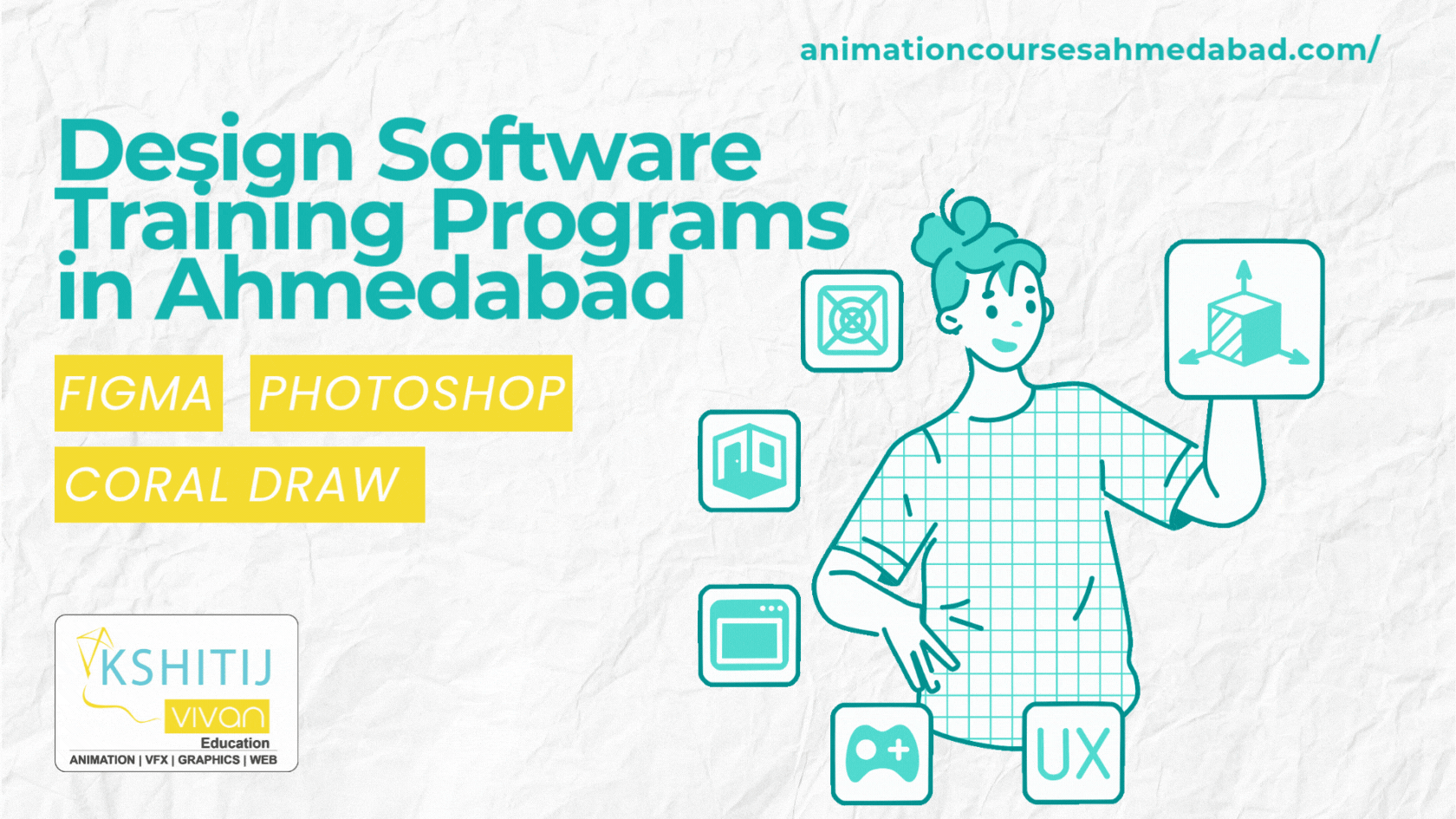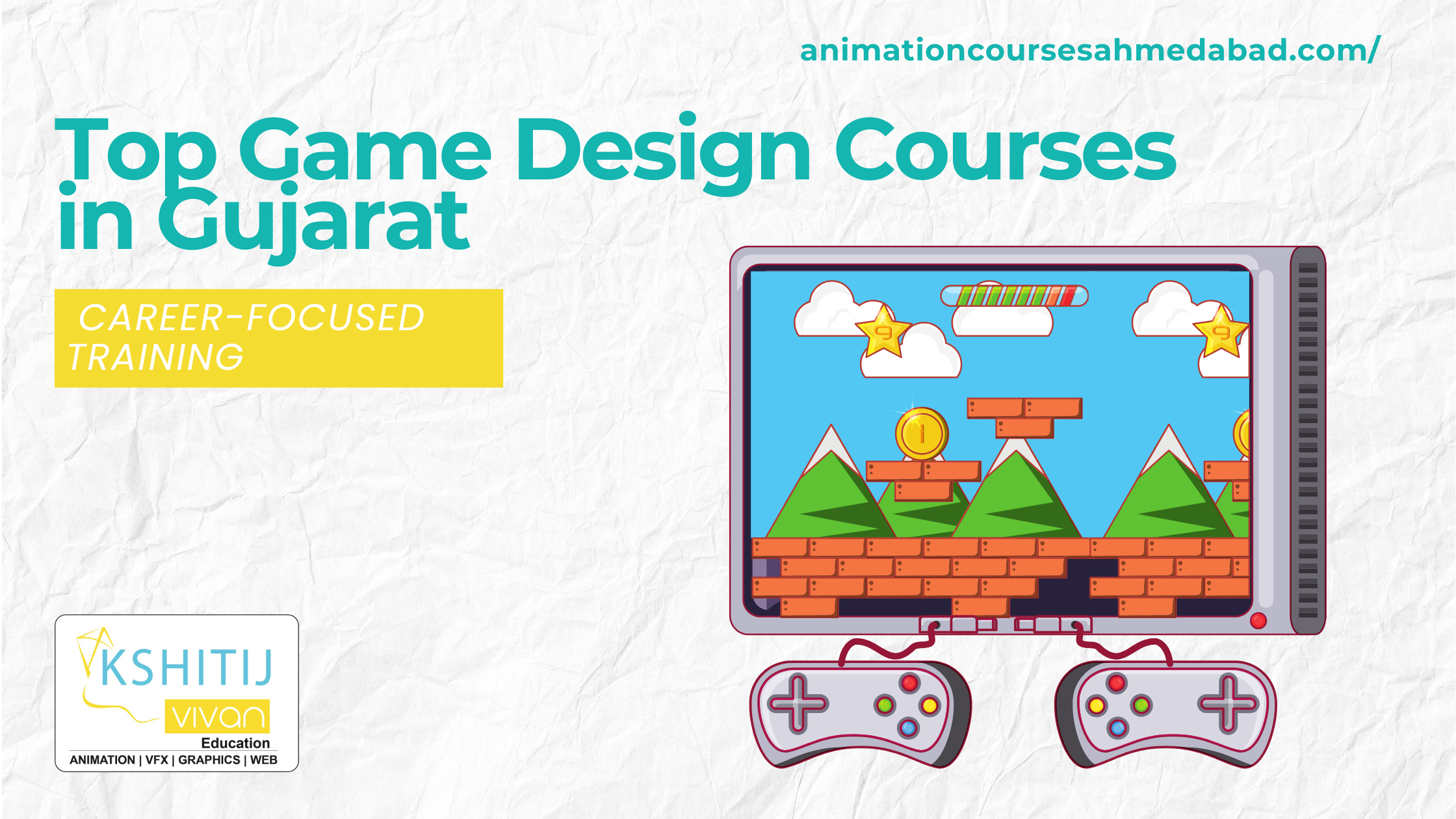
How is AI Changing UI/UX Design in 2025?
Artificial intelligence is revolutionizing the face of digital design with UI/UX integration. AI's role in UI/UX design is shaping the future of user interfaces and experiences, more profoundly as we approach 2025. From automation of repetitive tasks to personalization of user experiences, AI is no longer just a tool for efficiency but also a key driver for more intuitive and seamless designs. This article explores how AI will influence UI/UX design in 2025 and what this means for designers and users alike.
Revolutionizing Personalization
The most significant way AI is shaping UI/UX design is through hyper-personalization. AI algorithms would assess enormous amounts of data regarding users' behavioral patterns, preferences, and interactions to customize an interface according to individual requirements, which leads to the final intuitive design that evolves based on what the user does. Therefore, it offers a tailored experience wherein AI can predict that maybe the user might be required to use a certain set of features next, therefore aligning the interface dynamically for one's preferences. The consequence is seamless, engaging interaction, which means higher satisfaction and retention.
Improved Prototyping and Testing
AI is changing the face of prototyping and testing, making it faster and more accurate. Traditionally, prototyping involves creating mockups and testing them with real users, which can be very time-consuming and costly. Using AI, designers can now use data-driven insights to automatically generate and test prototypes. AI tools can simulate user interactions, predicting how users will respond to various elements of the interface. This leads to more accurate testing, helping designers to identify potential issues early and refine their designs before they are launched.
Click here for Read New Blog: What to Expect from a UI/UX Design Course: Skills, Tools, and Career Growth
Predictive Analytics for User Behavior
Another crucial aspect of AI's influence on UI/UX design is its ability to predict user behavior. By leveraging machine learning algorithms, AI can analyze past user data to predict future actions. This allows designers to anticipate user needs and preferences, optimizing the design accordingly. For instance, if a user accesses one feature more than others, the AI system can increase that feature's 'prominence' for future interactions. This predictive nature ensures the design is always emerging in sync with a user's needs, resulting in a much more intuitive and seamless experience.
Click here for Read New Article: Why Should Someone Consider a UI/UX Design Course For Their Future Career?
Voice and Gesture Recognition
Voice and gesture recognition, which is made possible by AI, forms part of the UI/UX design as it moves forward with more immersive and interactive experiences. As smart assistants such as Siri and Alexa gain popularity, voice interaction becomes a norm in various applications and websites. The advancement of AI has led to natural and accurate voice recognition so that users can interact with designs more intuitively. Similarly, gesture recognition through AI is enriching the experience in touch-based as well as motion-sensing interfaces, where users can navigate digital spaces with simple hand movements or facial expressions. Such development is making UI/UX design more inclusive so that digital products can be used with ease by people of diverse abilities.
The Role of AI in UI/UX Design Courses
AI, which is already reshaping the future of UI/UX design, also determines the way that designers are educated. Increasingly, more UI/UX Design Courses have started to implement AI-driven tools and technologies in curricula to help students understand better how this will impact design shortly. Students are now being equipped with the know-how to leverage AI for designing processes while predicting the behavior of a user. These courses prepare young designers who can design more personalized, efficient, and user-friendly interfaces using the latest AI techniques. This is expected to grow further with AI deeply integrated into the designing process itself.
Click here for Read New Article: Top 10 Reasons to Choose a UI/UX Design Career in 2024
Selecting the Suitable UI/UX Design Institute in Ahmedabad
With the aim of a lucrative career in UI/UX design, it is now important to select an appropriate academic institution. In Ahmedabad, one of the leading hubs for design education in India, numerous UI/UX Design Institutes offering courses are specialized in UI/UX design. They provide hands-on experience with AI-powered tools and software apart from teaching the basic foundation of design. By joining a well-established UI/UX design institute in Ahmedabad, a student can remain ahead of the curve and acquire those skills that are required to succeed in the AI-driven world of designing.
Conclusion
AI is without doubt transforming the field of UI/UX design in terms of new possibilities for personalization, automation, and innovation. As the technology continues to evolve, designers will have the opportunity to craft more intuitive, engaging, and seamless user experiences. With AI tools that help automate tasks, predict user behavior, and enhance testing, the design process is becoming more efficient and effective. For aspiring designers, staying updated with AI advancements and incorporating these tools into their workflow is essential.
Institutions like Kshitij Vivan institute are at the forefront of this transformation, offering courses that equip students with the knowledge and skills to thrive in the ever-evolving design landscape.



